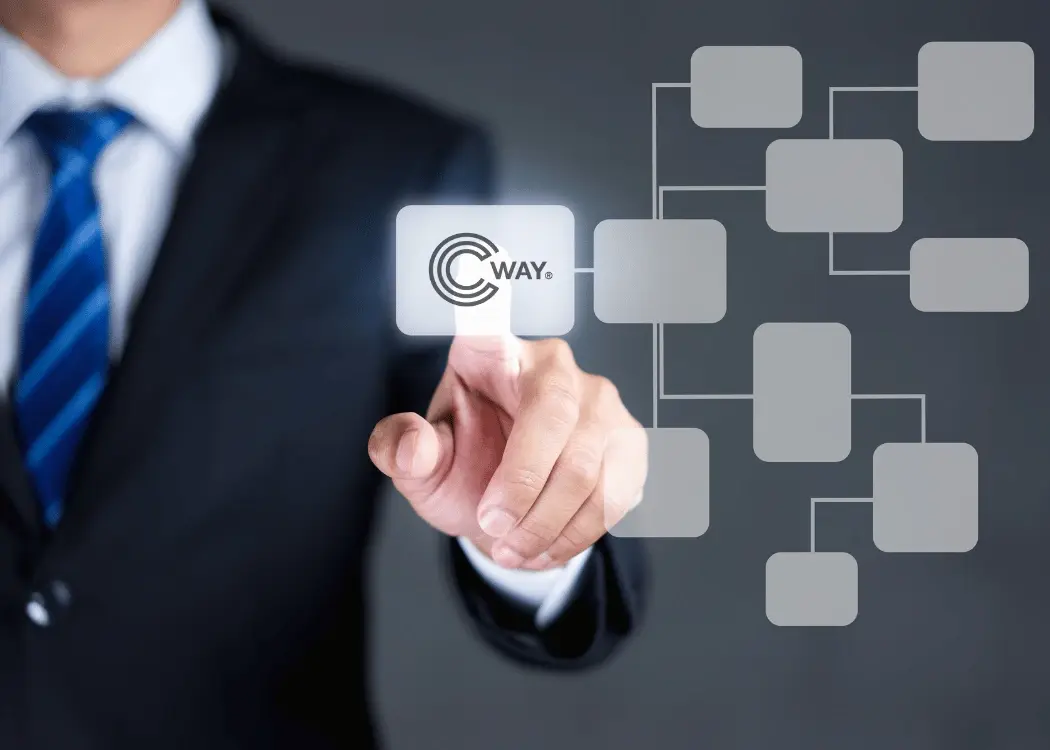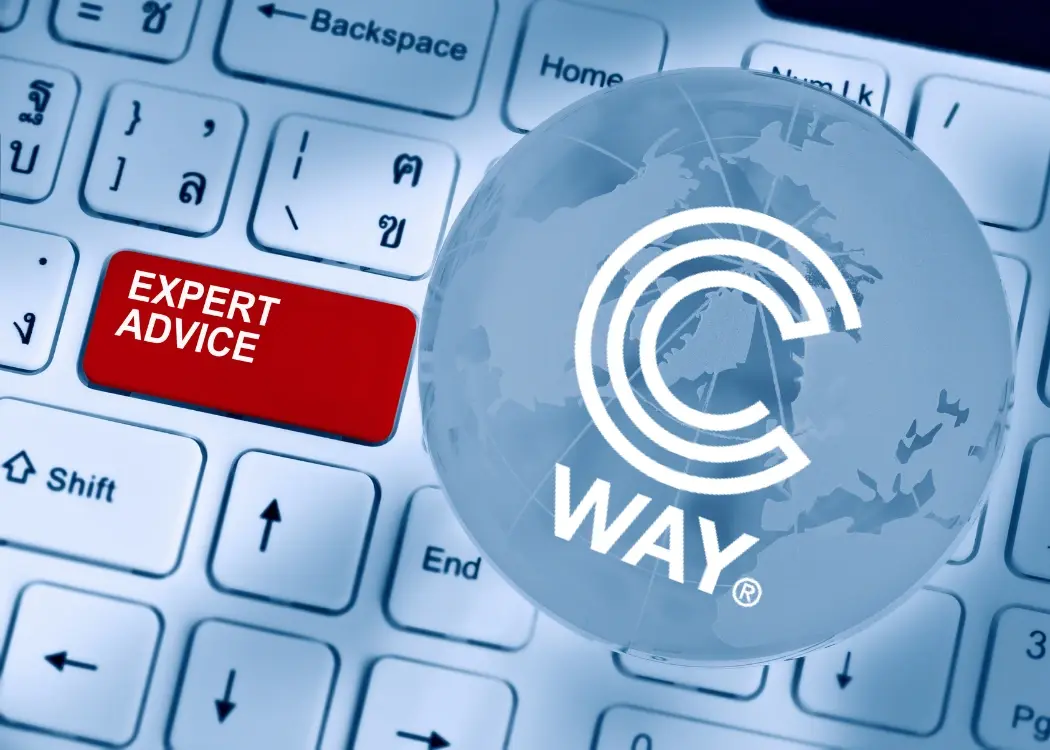How automated artwork transforms packaging design workflow
In this article, we’ll explore how automated artwork is reshaping the way packaging assets are created and managed. Whether you're a brand manager,...
4 min read
Ekaterina Skalatskaia
:
Apr 24, 2025 8:13:20 AM

When you think of Barbie, you might picture hot pink plastic. Oatly? Probably that cheeky, handwritten font on a beige carton. And Tesla—sleek, minimalist, and unmistakably futuristic. These brands have something powerful in common: their packaging doesn’t just contain the product—it communicates the brand.
But this isn’t accidental. Packaging is one of the most strategic tools in modern brand-building. And today, we’re diving into why it works—and how leading brands are using structured workflows to make it happen consistently and at scale.
Let’s be honest—packaging used to be the afterthought. The thing you slapped on once the “real work” was done. Not anymore.
In today’s world, packaging isn’t just a box or a wrapper—it’s a full-blown brand moment. It’s the eye-catching introduction, the tactile experience, and sometimes even the reason someone posts a product on Instagram before they’ve used it. It’s what makes a carton of oat milk feel witty, or an electric car feel like it arrived from the future.
And the numbers back it up: 72% of consumers say that packaging design directly influences their buying decisions. That’s not just a design detail—that’s a business advantage.
When done right, packaging becomes a visual handshake between brand and buyer. It tells a story. It signals quality. It builds trust. In a hyper-competitive landscape where people decide in seconds whether to engage or move on, your packaging may be your loudest (or quietest—but perfectly tuned) voice in the room.
So, who’s getting it right?
Let’s unpack (pun absolutely intended) how Barbie, Oatly, and Tesla are turning packaging into pure brand power.
Barbie has never just been a toy—it’s a cultural time capsule wrapped in a glossy box. From the iconic, hot-pink plastic packaging of the 80s to today’s diverse, inclusive designs, Barbie’s look has always mirrored the moment we’re living in.
Back then, those bubblegum-colored boxes promised big hair, dreamy accessories, and picture-perfect poses. But as the world evolved, so did Barbie—and her packaging went along for the ride. Gone are the one-size-fits-all dolls and their cookie-cutter boxes. In their place? Bold, empowering visuals that celebrate all kinds of beauty and all kinds of stories.
Mattel didn’t just refresh the doll; they redefined what the box itself stood for. These days, unboxing Barbie feels like unboxing a message: one that says you belong. It’s packaging as a platform for change—bright, bold, and deeply intentional.
So yes, it’s still a toy. But it’s also a symbol. And the packaging? That’s the first whisper of the bigger story.
If there’s one oat milk brand that doesn’t play by the rules, it’s Oatly. And you can tell before you even take a sip—just look at the carton.
Instead of sterile, nutrition-facts-and-barcode packaging, Oatly hits you with something entirely different: cheeky one-liners, hand-drawn vibes, and the kind of copy that makes you laugh out loud at the fridge. Every carton reads like it was written by your smart, rebellious friend who cares about the planet and knows how to roast big dairy with a wink.
This isn’t just design for design’s sake—it’s a bold branding strategy, and it works. Consumers don’t just notice Oatly; they post about it, quote it, and choose it because it feels like it “gets” them. The packaging doesn’t sit quietly in the background. It leads the conversation.
In fact, Oatly’s cartons have become their own form of content—scroll-stopping, conversation-starting, and instantly recognizable. When your packaging becomes a social media moment, you know you’ve cracked the code.
And the best part? It still holds oat milk. Genius.
Tesla doesn’t need glitter to get your attention. Its power lies in what it leaves out—and that philosophy extends all the way to the packaging.
Whether it’s the sleek box that houses a Model S key or the clean, almost architectural packaging of a Powerwall, Tesla’s unboxing experience is as refined and forward-thinking as its tech. No frills. No fluff. Just bold, beautiful simplicity that whispers: welcome to the future.
It’s all intentional. Tesla’s packaging isn’t trying to dazzle you—it’s quietly reminding you that you’re part of something bigger. Something smarter. Something cooler. Like the product itself, the packaging reflects the brand’s core values: innovation, elegance, and an almost meditative commitment to design discipline.
Even without loud logos or vibrant colors, Tesla’s packaging delivers. It doesn’t just protect the product—it completes the story. The story of a brand that’s redefining not only what we drive, but how we experience the everyday.
Let’s be real—Barbie’s rebrand didn’t happen on a whiteboard. Oatly’s witty cartons weren’t born in a vacuum. And Tesla’s design harmony didn’t fall from the sky.
So how do these brands consistently deliver packaging that looks sharp, feels intentional, and stays perfectly on-brand—even across continents and product lines?
Spoiler: it’s not magic. It’s machinery. Brand machinery.
Behind every standout box and beautifully aligned label, there’s an army of teams working with precision. Artwork files fly between departments. Approvals bounce from designers to legal to marketing. Packaging assets have to stay version-controlled, accessible, and absolutely flawless.
That’s where platforms like Cway come in—built specifically for brands that treat packaging like a strategic asset, not an afterthought.
With Cway, your team can:
Whether you're rolling out oat milk in Stockholm or electric SUVs in California, brand alignment starts with the assets your team touches every day—and Cway makes sure they’re always working in sync.
Packaging isn’t just the outer layer. It’s the first interaction. The reason someone stops scrolling. The visual cue that makes your brand unforgettable.
And like Barbie, Oatly, and Tesla, your brand can turn packaging into a powerful storyteller—if you have the right tools in place.
Want to package like a power brand? With Cway®, your teams can collaborate, scale, and ship packaging that speaks volumes—beautifully, consistently, and globally.
Discover how Cway® can streamline your artwork workflows.

In this article, we’ll explore how automated artwork is reshaping the way packaging assets are created and managed. Whether you're a brand manager,...

Managing packaging artwork can be a nightmare — endless email threads, unclear responsibilities, missed deadlines. Sound familiar? Without the right...

In today’s competitive FMCG and consumer goods landscape, packaging is no longer just a container—it’s a key brand experience. Packaging must...